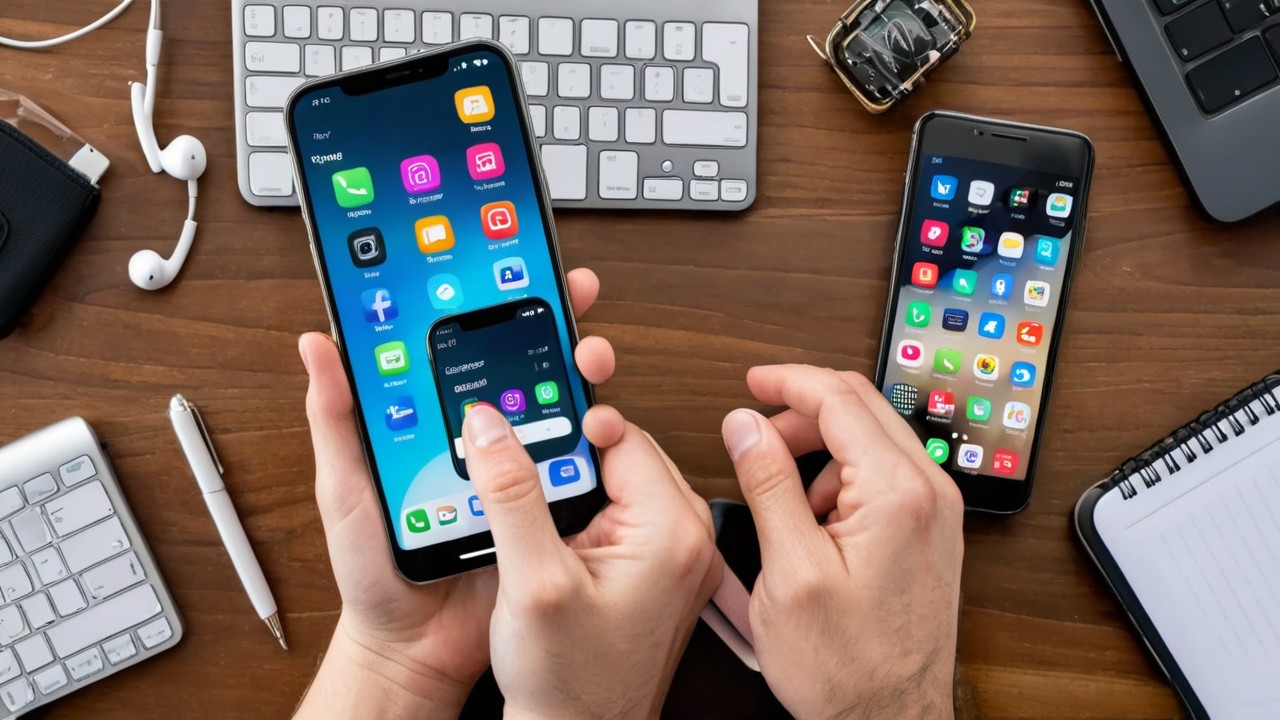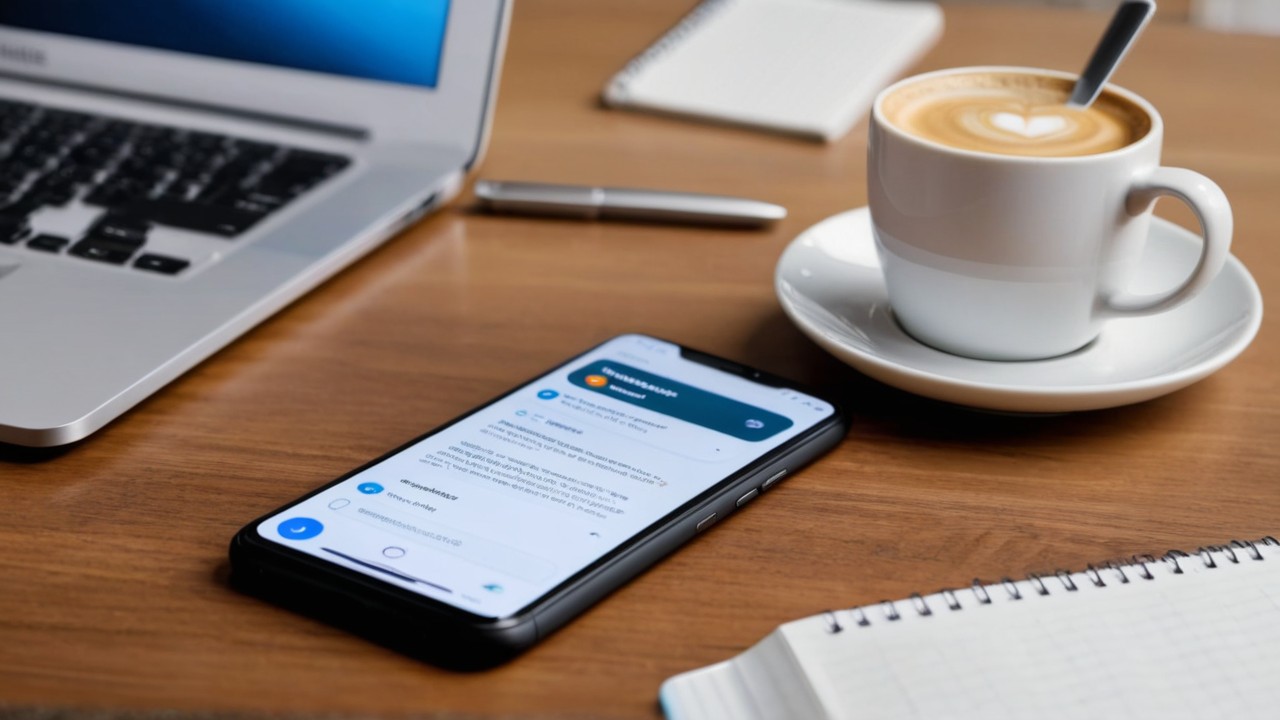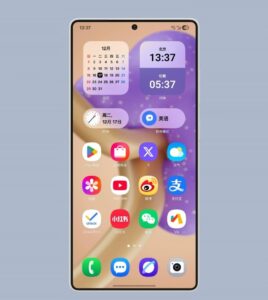Have you ever noticed how Your Phone feels less addictive these days, even as it sits glued to your hand more than ever? It’s a curious phenomenon that many of us are experiencing. We easily scroll, tap, and swipe through our screens, yet the thrill seems to have faded. While we may feel like we’re mastering our digital habits, the truth is that increased phone usage has quietly crept into our daily lives.
As smartphone engagement trends shift and evolve, it’s crucial to understand what lies beneath this paradox. Why do we reach for our devices more frequently while feeling less tethered? Let’s explore the nuances of Smartphone addiction in today’s tech-driven world and discover ways to reclaim control over our screen time habits.

The Changing Nature of Smartphone Addiction
Smartphone addiction has evolved significantly over the years. Initially, it was all about notifications and alerts that lured users in. Those constant pings created a sense of urgency, drawing us into repeatedly checking our phones.
Today, the landscape is different. Many people report feeling less addicted to their devices even as they scroll more than ever. It’s not just about compulsive checking anymore; it’s become intertwined with daily life.
Social media platforms have adapted too, offering curated content that feels engaging yet casual. This shift makes usage feel less like an obsession and more like a habit we can control.
Moreover, apps designed for productivity are gaining ground. They encourage organization while paradoxically increasing our screen time under the guise of efficiency. What once felt invasive now blends seamlessly with various aspects of both work and leisure routines.

The Paradox: Why Are We Using Phones More?
Despite the feeling that our phones are less addictive, many of us find ourselves glued to them more than ever. This paradox raises questions about our relationship with Technology.
One reason for increased phone usage is the rise of multitasking. We juggle work emails, social media updates, and streaming services all at once. The convenience makes it hard to put down our devices.
Additionally, smartphones have transformed into essential tools for daily life. From navigation apps to grocery shopping, they cater to every need. As a result, we reach for them instinctively throughout the day.
Social connectivity also plays a significant role in this trend. With friends and family just a tap away, staying connected has never been easier or more tempting.
These factors create an environment where increased engagement feels normal—even if we perceive Our Phones as less addictive overall.

The Role of Technology in Driving Usage
Technology is a double-edged sword when it comes to our phone usage. On one hand, advancements in smartphone design and functionality have made devices more appealing. Sleek interfaces and powerful apps invite users to engage more deeply.
Social media platforms are engineered to keep us scrolling. Notifications ping at just the right moments, tugging at our attention spans. Each alert feels important, pulling us back into a digital world that seems alive with possibilities.
Moreover, the rise of seamless connectivity means we’re always online. Whether it’s for work or personal needs, constant access keeps us tethered to our screens.
Entertainment options proliferate as streaming services compete for eyeballs. With endless choices available 24/7, it’s easier than ever to lose track of time while swiping through content.
As technology evolves, so do our habits—often leading us deeper into the realm of increased phone usage without even realizing it.
Tips to Manage the Paradox
Managing the paradox of increased phone usage and a feeling of less addiction requires intentional strategies.
Start by setting clear boundaries. Designate specific times for phone use, especially during meals or family time. This simple change can help you reconnect with your surroundings.
Next, monitor your screen time habits using built-in tools or apps designed for this purpose. Awareness is key to understanding how much you’re engaging with your device.
Consider decluttering your home screen. Limit distractions by removing unnecessary apps that draw you in without adding value to your day.
Engage in offline activities like reading a book or practicing a hobby. These alternatives not only reduce reliance on screens but also enrich daily life experiences.
Cultivate mindfulness around technology and behavior. Take moments throughout the day to reflect on how often you reach for your phone and why it matters at that moment.

Conclusion
Smartphone addiction is a complex topic that many of us grapple with daily. As our devices become more integral to our lives, it’s easy to feel like we’re losing control over how much time we spend on them. The fact that phones now seem less addictive while usage continues to rise presents an intriguing paradox.
Our screen time habits have shifted significantly, influenced by various factors in technology and behavior. While smartphones may offer features designed for moderation, they also come packed with tools that pull us back in. Notifications, social media updates, and app engagement are all part of the intricate web keeping users connected—and often distracted.
To navigate this digital addiction paradox effectively requires awareness and intentional management strategies. Setting boundaries around phone usage can help create a healthier relationship with your device without sacrificing connection or productivity.
As smartphone engagement trends evolve, understanding these dynamics becomes increasingly crucial. Balancing your increased phone usage while cultivating mindful habits is key to regaining control over your digital life—ensuring you enjoy the benefits of technology without falling prey to its potential drawbacks.





